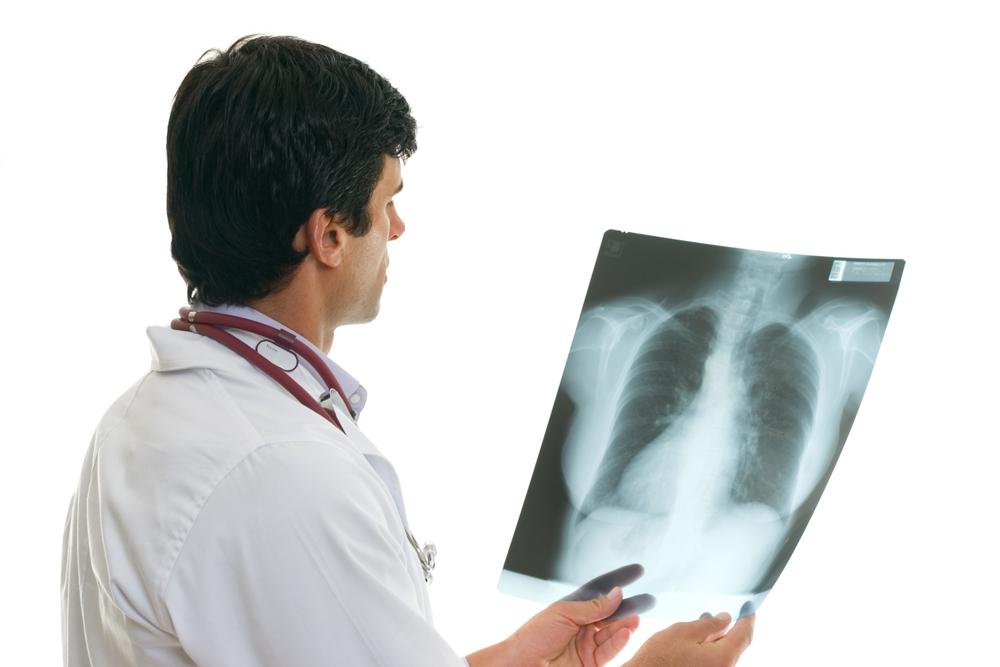
Things to Know About Non-Small Cell Lung Cancer Treatments
Lung cancer is considered to be one of the most difficult to diagnose in early stages and challenging to treat as the disease progresses. This form of cancer accounts for nearly 1.9 million deaths a year worldwide, making it the leading cause of cancer-related mortality.
Traditionally, the prognosis has not been optimistic for patients and most non-small cell lung cancer treatments have focused on surgery, radiation, chemotherapy and other therapies. However, persistent and more sophisticated research worldwide have changed the therapy landscape dramatically, offering a wider and deeper range of options.
1. New approaches
Earlier approaches to non-small cell lung cancer treatment (NSCLC) were based on the theory that this was a single disease entity. This meant that most patients diagnosed with this form of cancer received the same line of treatment, usually chemotherapy and/or radiation.
However, today you know that there are several different types of NSCLC, with possibly many more yet to be discovered. Each one has its unique biomarkers. Scientists have identified more than 200 individual biomarkers and the focus is on discovering the combinations of these that occur most frequently.
What this insight has done to treatment approaches is that doctors have stopped prescribing standardized treatments to all cases and patients are more willing to explore new areas and approaches.
2. Emerging approaches to non-small cell lung cancer treatments
According to the Food and Drug Administration, they have approved more than twice as many new treatment approaches in the last two years as compared to the previous ten years. More than 1000 clinical trials based on the newest one, immunotherapy, are underway.
Today, treatment encompasses a more holistic approach that involves prevention and early detection apart from the treatment itself. More information about possible causes such as smoking, environmental factors, diet, nutrition, etc has helped to tailor treatment programs to individual cancers.
Early diagnosis offers chances of early intervention and this has resulted in more sophisticated procedures like fluorescence bronchoscopy, virtual bronchoscopy, electromagnetic navigation bronchoscopy, among others that leverage the power of technology. Additionally, the use of low dose CT scans has proven to be more useful than chest X-rays in locating abnormalities in the lung.
3. New non-small cell lung cancer treatments plans
The launching of two classes of medicines that provide molecularly targeted therapies and immunotherapies has improved the treatment options.
- Targeted therapy
Certain types of cancer cells may undergo genetic mutations that enable the spread and growth of the disease. Targeted therapies aim to block these changes to gene mutations like EGFR, ALK, BFR, ROS1, NTRK. These gene rearrangements contain oncogenic fusion proteins that drive the growth and survival of cancer cells. Identifying a particular gene mutation can help in molecular profiling and improve clinical outcomes.
- Immunotherapy
Immunotherapy is the breakthrough in non-small lung cancer treatment research. It is based on the fact that everyone develops cancer cells at some point, but some systems can recognize and resist cancer cells. Immunotherapy uses the body’s immune system to identify, attack and destroy cancer cells and is being used as the first line of treatment before chemotherapy in some cases. This is an exciting area of treatment research.



